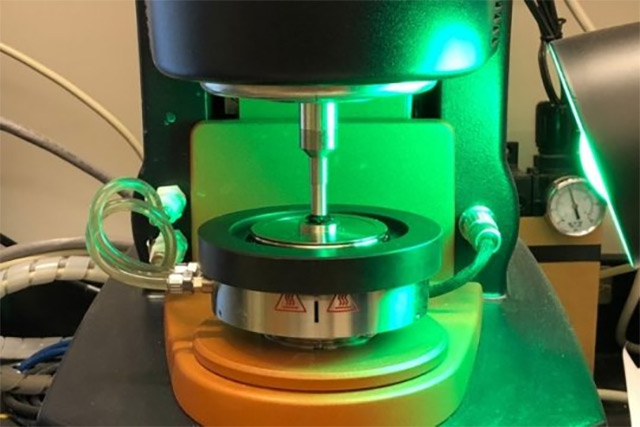New “smart” skin gives robots more sensitive tactile feeling than humans
10/25/2018 / By Edsel Cook

Texan researchers have created a smart skin that can be worn by robots. The new sensor-studded material is so sensitive that it outperforms actual human skin when it comes to sensing objects through touch, an article in Nanowerks stated.
The self-powered electronic skin was developed by a robotics laboratory run by the University of Texas at Arlington (UTA). The researchers have already secured a patent for their unique design.
UTA professor and lead researcher Zeynep Çelik-Butler said that the smart skin is intended to improve cooperation between robots and humans by giving the former the same sensory capabilities as the latter.
“The smart skin is actually made up of millions of flexible nanowire sensors that take in so much more information than people’s skin,” Çelik-Butler said about his team’s device. “As the sensors brush against a surface, the robot collects all the information those sensors send back.”
These sensors are made up of zinc oxide rods that are only 0.2 microns thick. For comparison, a strand of human hair is at least 200 times thicker than one of these nanoscale rods.
Not only are these nanosensors very flexible, but they practically power themselves. The smart skin does not draw power from a battery or an external source. (Related: Smart coating that’s hard like enamel but can self-heal was inspired by human skin.)
A sensor-laden skin for robots that can sense pressure, heat, and chemicals
The sensors are clad in a polyimide material that resists dust, mechanical impacts, moisture, and reactive chemicals. The durability of the sheathing material allows the smart skin to function in harsh environmental conditions, such as outdoors or inside factories.
The combination of self-powered nanosensors and a tough yet flexible covering resulted in a sensory layer that is slender, flexible, powered by itself, and able to pick up the faintest tactile cues.
The smart skin can be fitted onto a robot arm or serve as a sheath for prosthetic limbs. It will mold itself to rough and uneven surfaces just as well as it does to smooth surfaces.
In addition to registering tactile sensations, the smart skin can also detect shifts in temperature and variations in the surface that it touches. This data would be provided to the human beside the smart skin-equipped robot, who can then act on the information to keep himself safe.
When equipped on the prosthetic limbs of human amputees, the smart skin can provide its user with a measure of sensory feedback. If it is integrated into the uniform of a typical soldier, it could determine if the soldier has been exposed to toxic chemicals like ones used in chemical weapons.
Smart skin can identify the people touching it using their fingerprints
The sensor skin is so sensitive that it can potentially identify a person’s identity through touch alone. It can detect the oily fingerprints on its water-resistant surface and tell one set of prints apart from another set.
“These sensors are highly sensitive and if they were brushed over a partial fingerprint, the technology could help identify who that person is,” explained Çelik-Butler said. “Imagine people being able to ascertain a person’s identity with this hairy robot, as my students call it.”
UTA senior official Teri Schultz remarked that the new sensor skin could also be used in commercial sectors, which are using robots to assist humans in all kinds of environments.
Çelik-Butler and his team published their findings in the 2015 issue of the IEEE Sensors Journal. Their work on the sensor skin was supported by grants from the National Science Foundation and NASA.
For more articles about smart skin worn by robots, visit Robotics.news.
Sources include:
Tagged Under: fingerprints, nanotechnology, robotics, robots, sensor skin, sensor systems, smart skin, tiny sensors

















